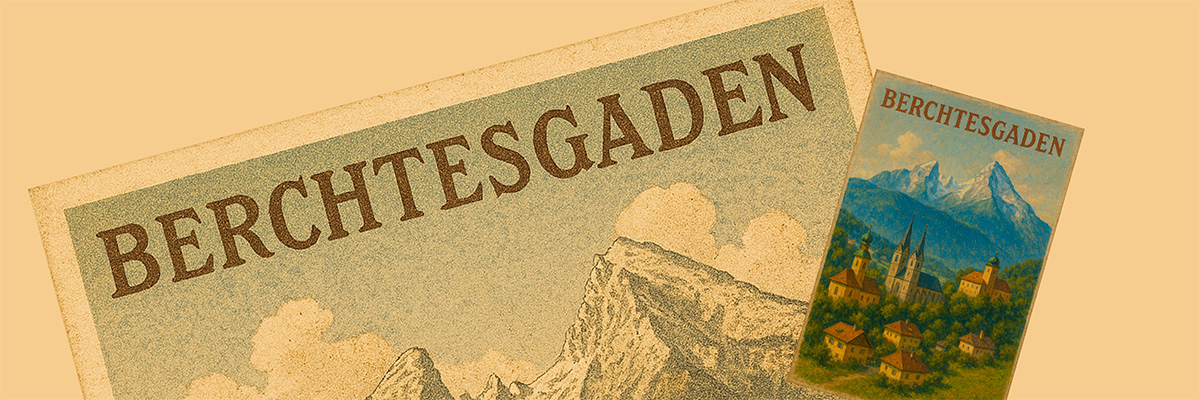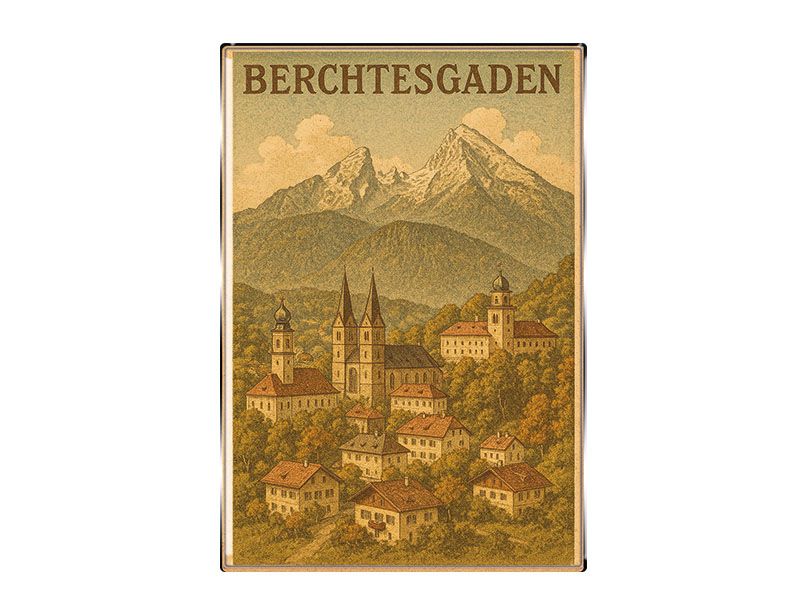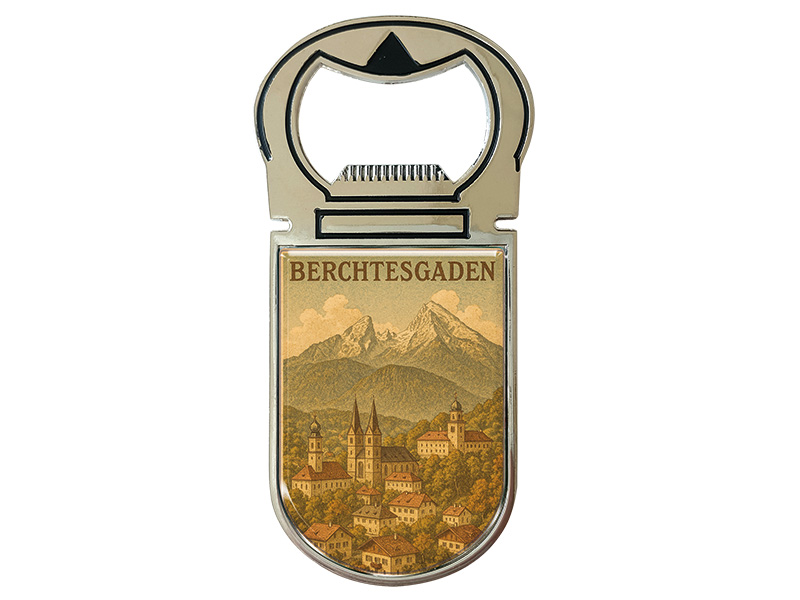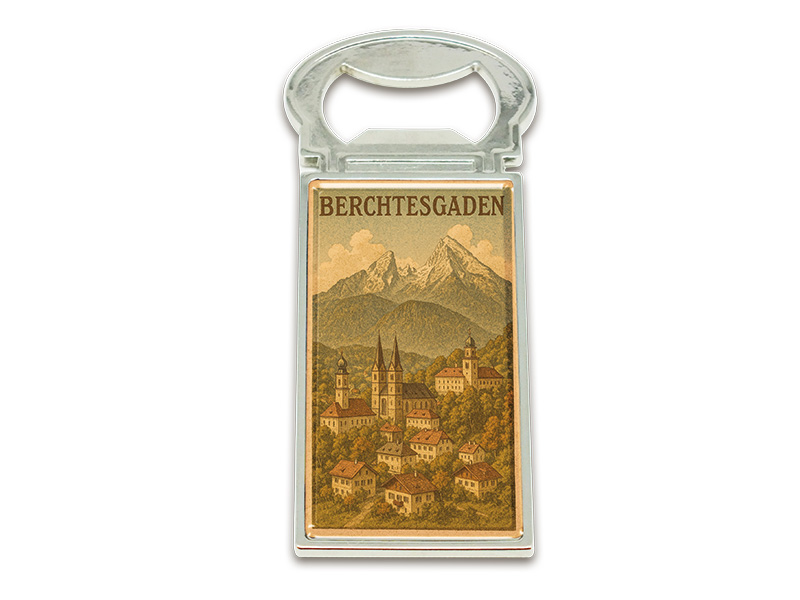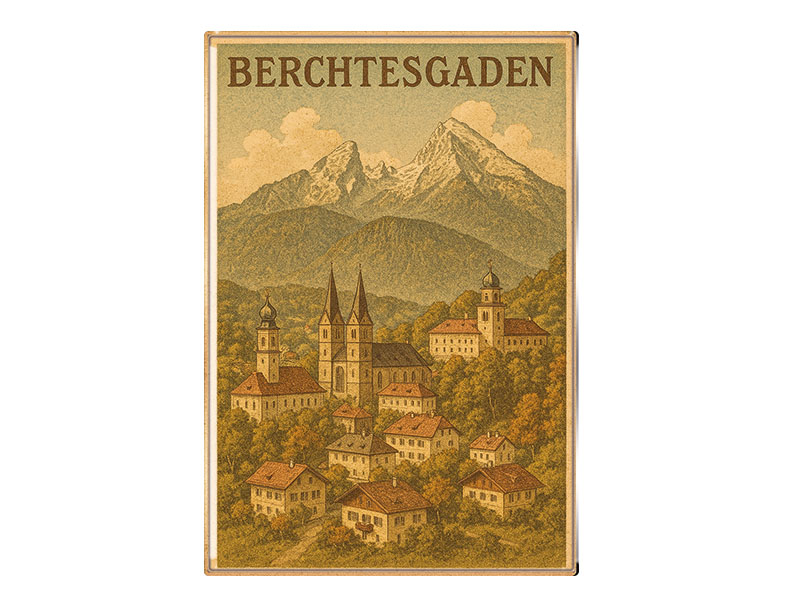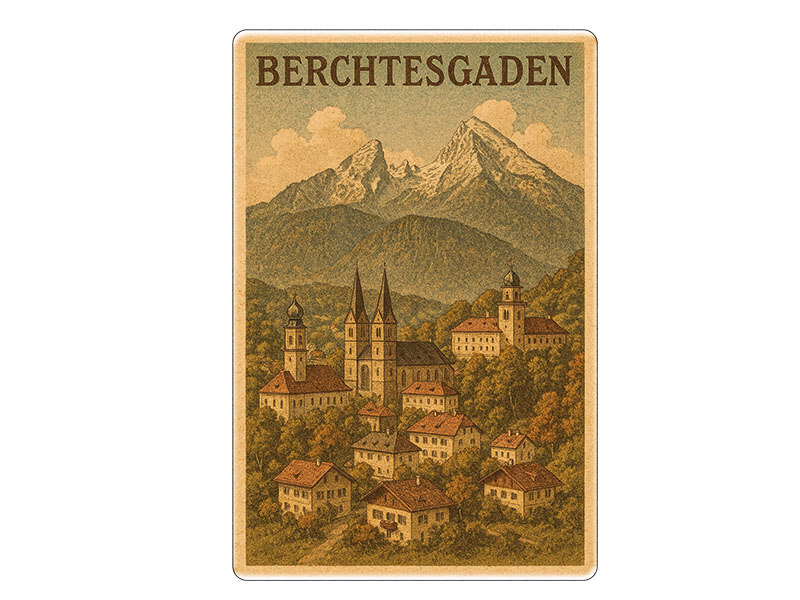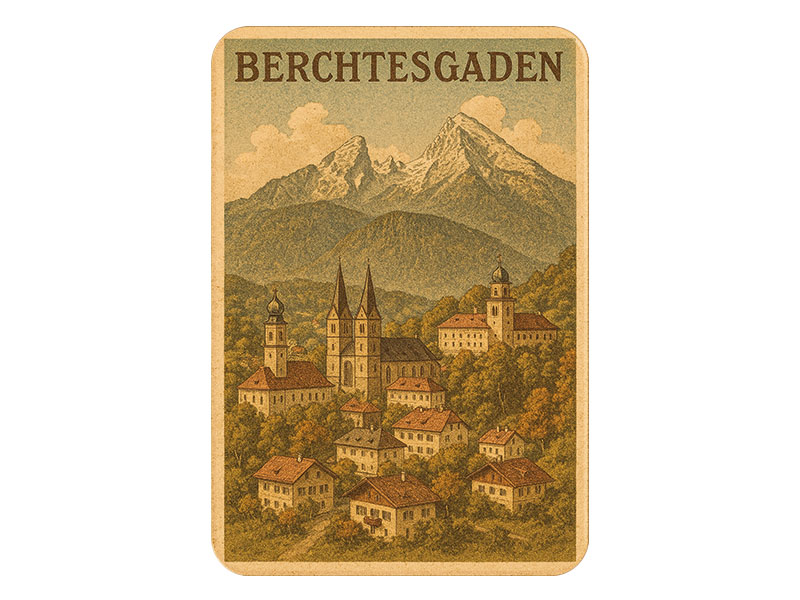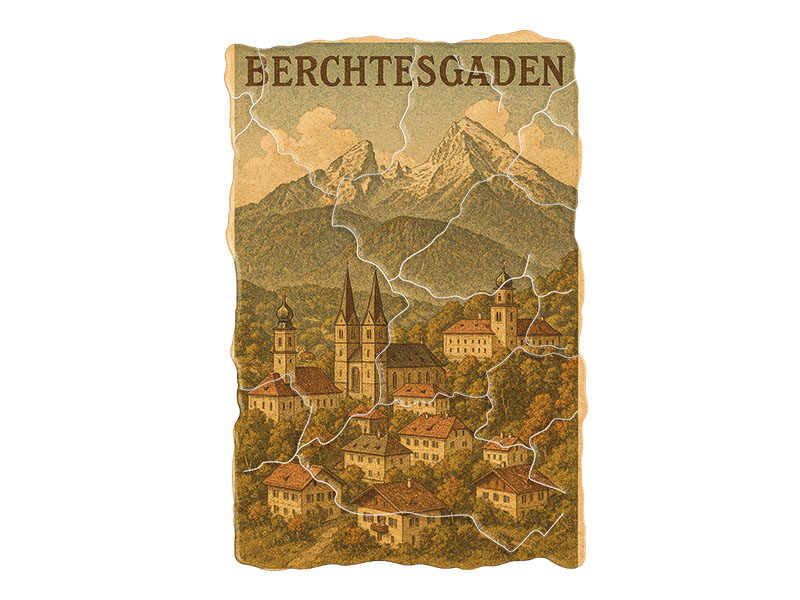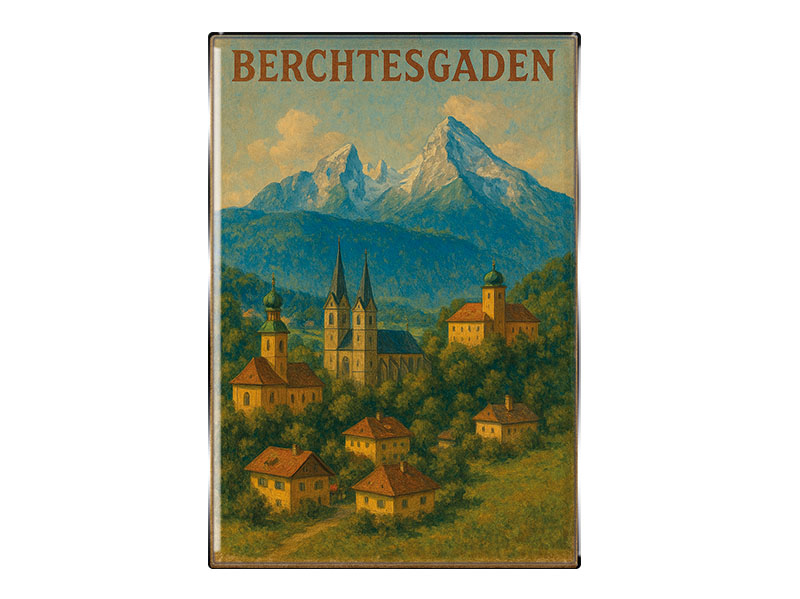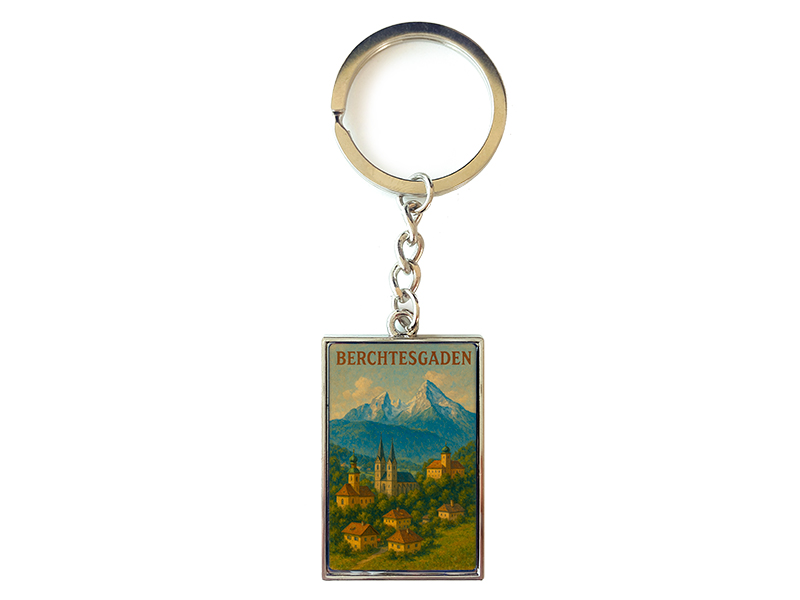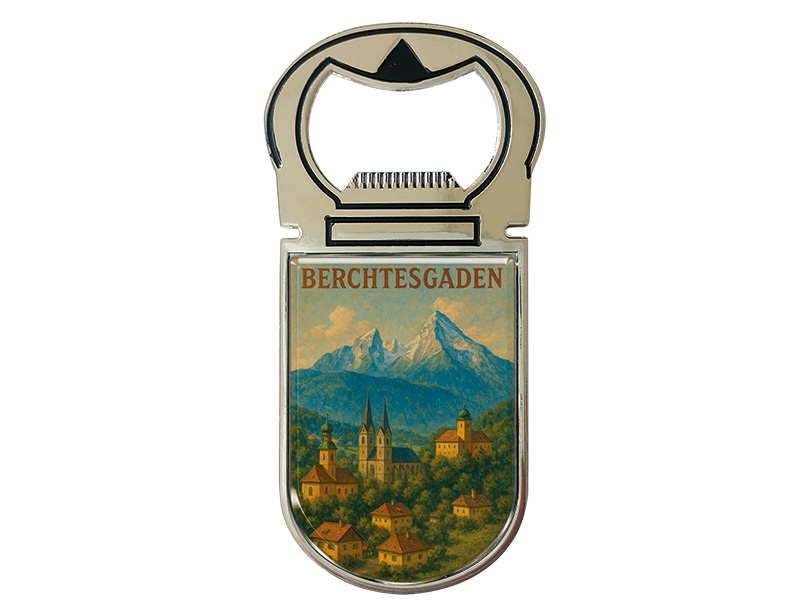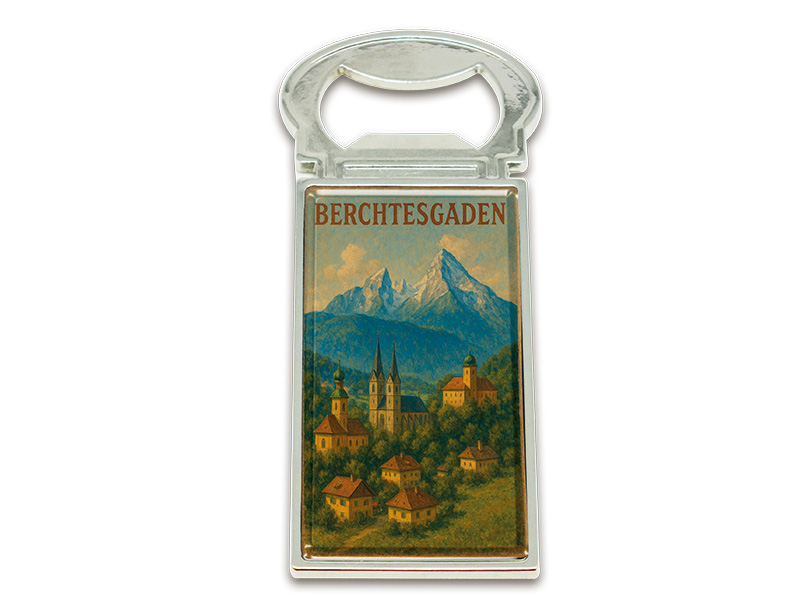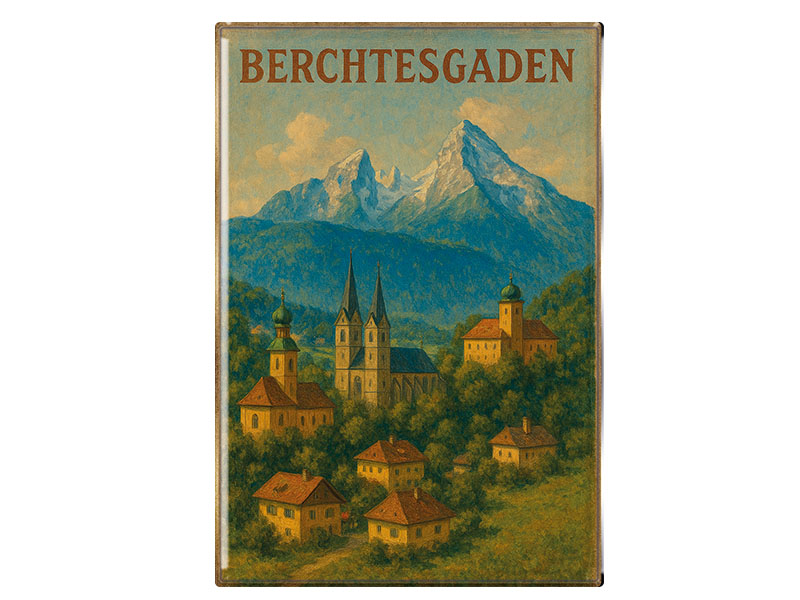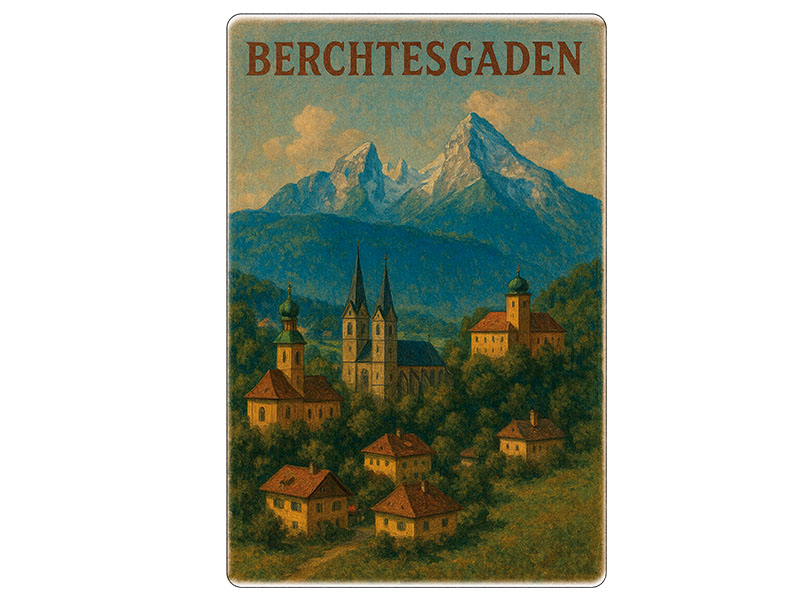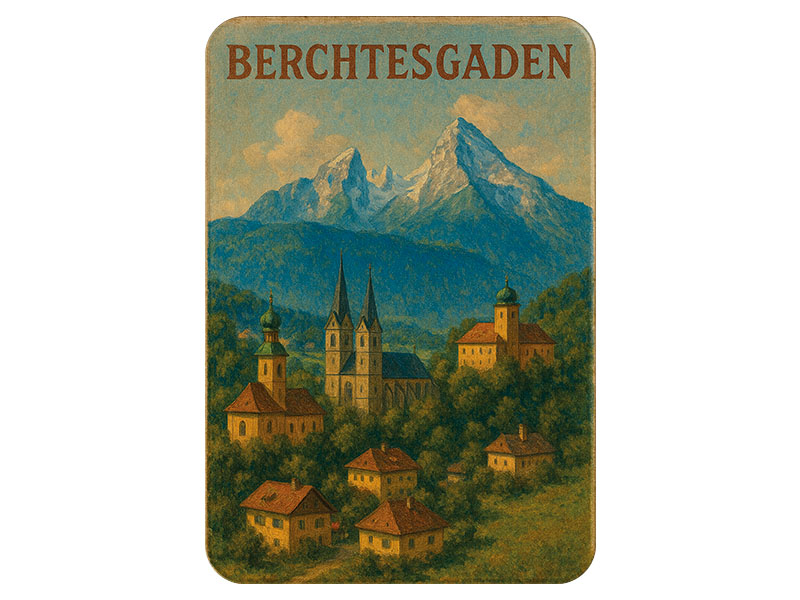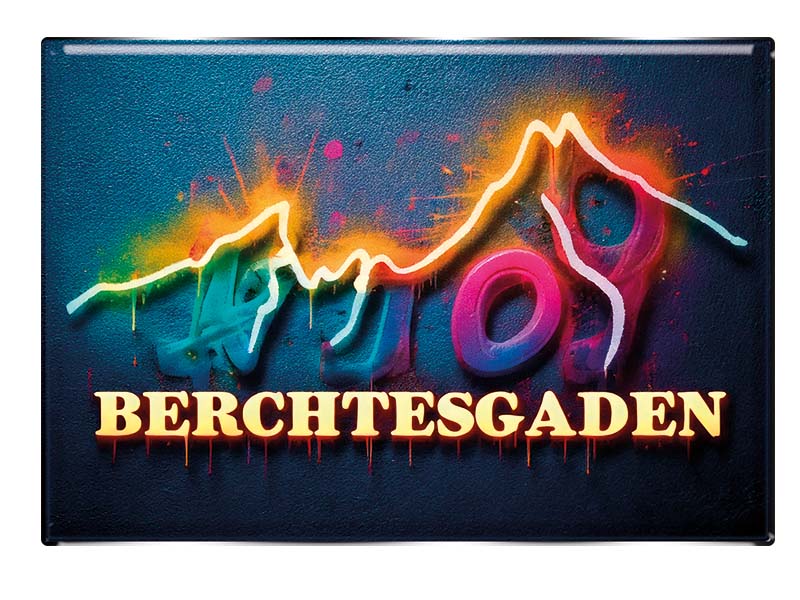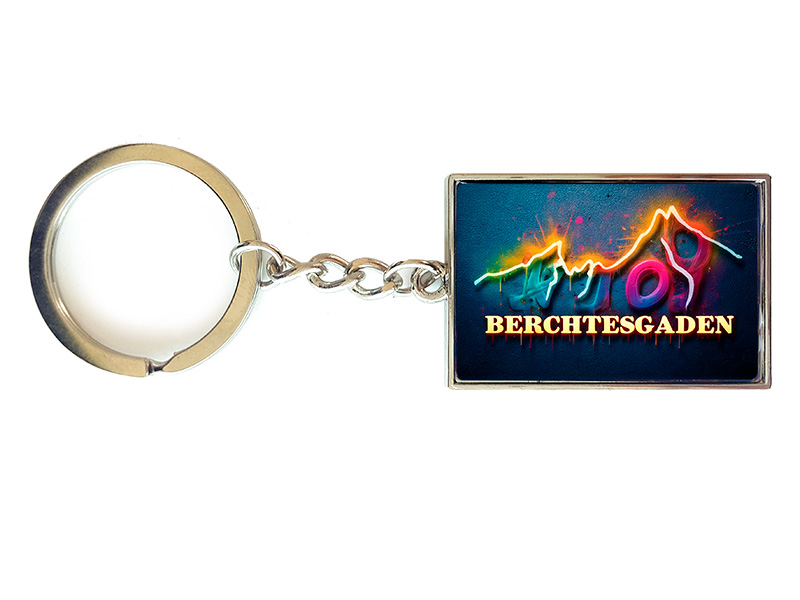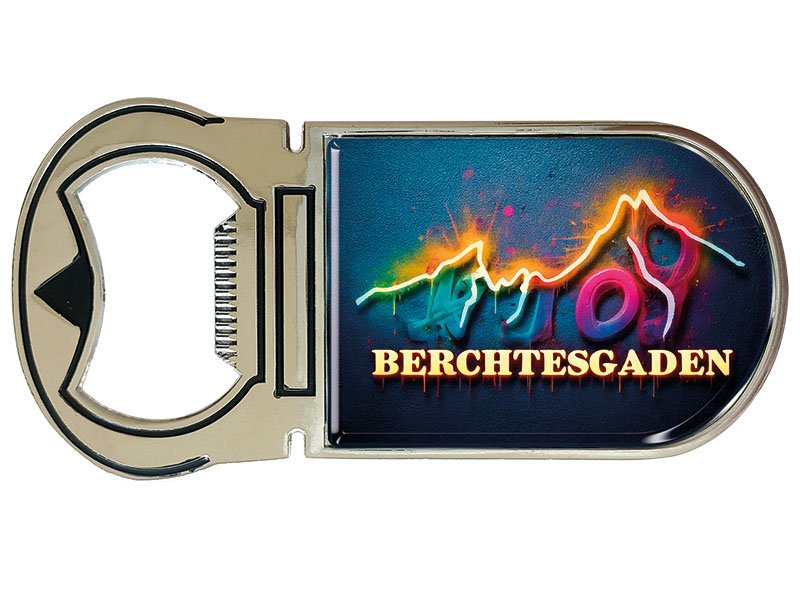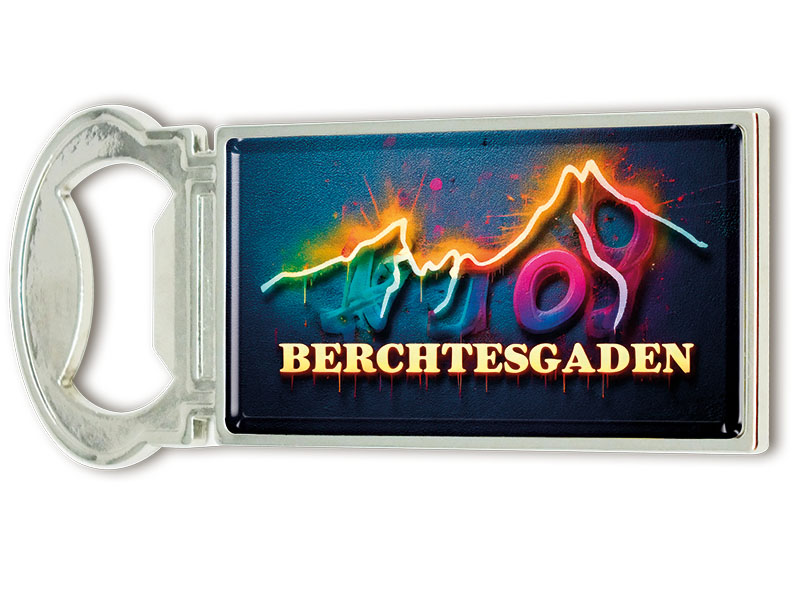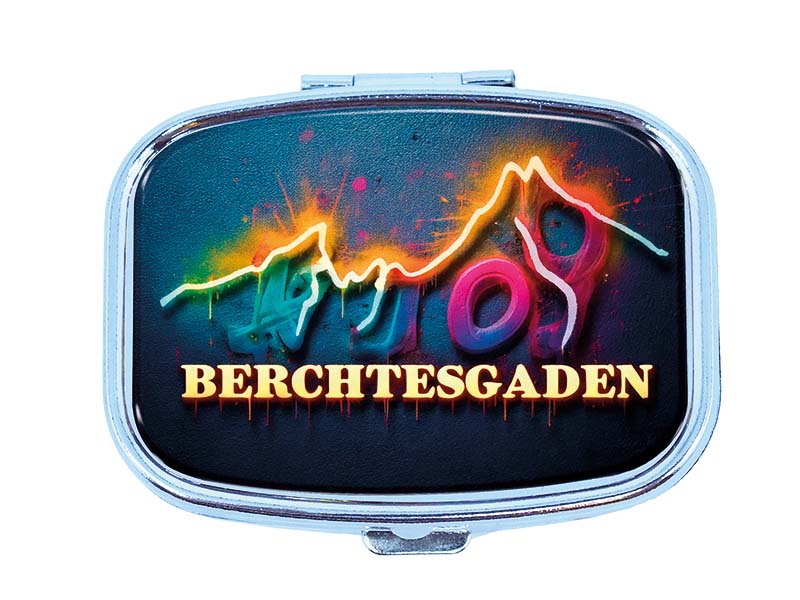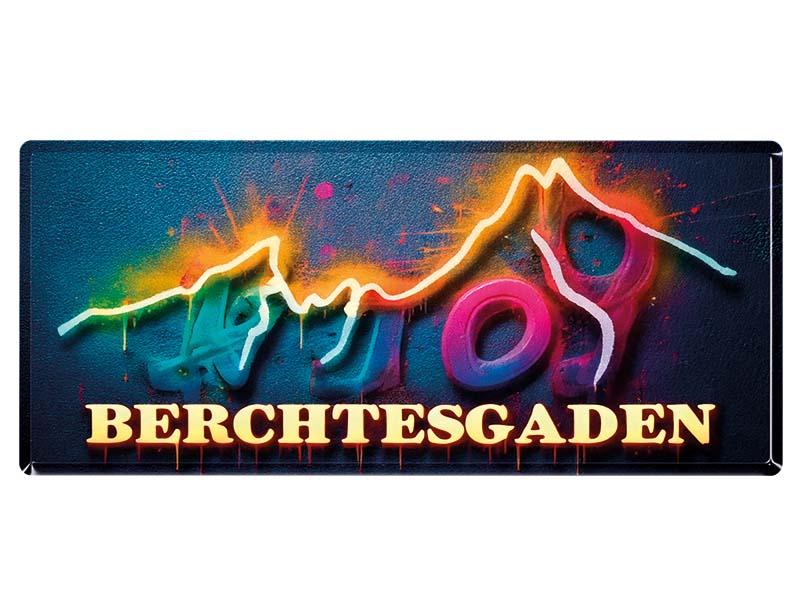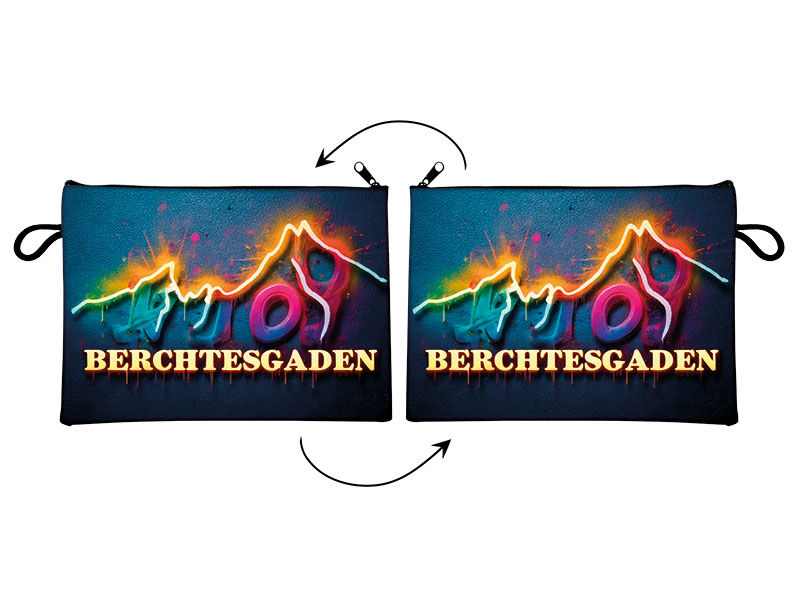- Vehicles
- Figures
- Witches
- Carnival
- Canvas
- Magnets
- Materials
- Maritime
- Hats
- New products
- Personalize
- Plush
- Dolls
- Collectible figures
- Keychain
- Special production
- %Special offers%
- Money boxes
-
Cities - Regions
- Bad Säckingen
- Bamberg
- Bayerischer Wald
-
Berchtesgaden
- Berlin
- Bodensee
- Bremen
- Brocken
- Chiemsee
- Cochem
- Dinkelsbühl
- Dresden
- Eibsee
- Frankfurt
- Freiburg
- Gardasee
- Garmisch-Partenkirchen
- Hamburg
- Harz
- Heidelberg
- Helgoland
- Insel Mainau
- Kleinwalsertal
- Koblenz
- Köln
- Königssee
- Leipzig
- Lübeck
- Mecklenburgische Seenplatte
- München
- Nürnberg
- Oberammergau
- Passau
- Potsdam
- Quedlinburg
- Regensburg
- Rothenburg
- Rügen
- Schwarzwald
- Stuttgart
- Sylt
- Titisee
- Traunsee
- Triberg
- Ulm
- Wernigerode
- Bags/Backpacks
- Textile
- Animal
- Subjects
More information? sign in.
More information? sign in.
More information? sign in.
More information? sign in.
More information? sign in.
More information? sign in.
More information? sign in.
More information? sign in.
More information? sign in.
More information? sign in.
More information? sign in.
More information? sign in.
More information? sign in.
More information? sign in.
More information? sign in.
More information? sign in.
More information? sign in.
More information? sign in.
More information? sign in.
More information? sign in.
More information? sign in.
More information? sign in.
More information? sign in.
More information? sign in.
Berchtesgaden – A Gem in the Bavarian Alps
Introduction
Berchtesgaden, a picturesque market town in southern Bavaria, lies nestled in the breathtaking mountain world of the Alps. Known for its stunning landscapes, historical and cultural significance, and proximity to the famous Königssee lake, this charming town attracts visitors from all over the world each year. This text explores the history and origins of Berchtesgaden, its geographical location, landmarks, population, tourism, famous residents, traditional food and drinks, and typical souvenirs.
History and Origins
The history of Berchtesgaden dates back to the Middle Ages. The area was first mentioned in a document in 1102. Monks of the Augustinian Canons founded a monastery here, which soon became a center of culture and economic activity. In 1156, the monastery received significant rights from Emperor Frederick I Barbarossa, including the right to extract salt – a privilege that brought great wealth to Berchtesgaden. For centuries, salt mining was the town’s main economic driver and left a lasting mark on the region.
Over time, Berchtesgaden was elevated to the status of a prince-provostry and remained an independent ecclesiastical principality until it was secularized in 1803 and became part of Bavaria. During the Nazi era in the 1930s and 1940s, Berchtesgaden gained unwanted global attention when Adolf Hitler made the nearby Obersalzberg his second seat of power. After World War II, the U.S. Army took over the area, and it later became a major site for historical education and remembrance.
Population
Today, Berchtesgaden has a population of approximately 7,500 residents (as of 2024). The community includes locals, newcomers, and a small international population. Despite its modest size, Berchtesgaden boasts a vibrant infrastructure with schools, cultural institutions, hotels, restaurants, and an active club and community life.
Geographical Location and Federal State
Berchtesgaden is located in the southeast of the German federal state of Bavaria, in the Berchtesgadener Land district, within the administrative region of Upper Bavaria. It sits directly on the border with Austria, just about 30 kilometers from the city of Salzburg. The region is surrounded by the Berchtesgaden Alps, which include the Watzmann mountain (2,713 meters / 8,900 feet) – Germany’s second-highest peak. Thanks to its location in a valley basin, the town offers a unique mix of alpine landscapes, clear lakes, and deep valleys.
Sights and Attractions
Berchtesgaden and its surroundings offer a variety of attractions and destinations for nature lovers and culture enthusiasts alike.
-
Berchtesgaden National Park: Germany’s only alpine national park spans about 210 square kilometers and is home to rare animals, plants, and stunning hiking trails.
-
Salt Mine Berchtesgaden: Operating since 1517, this historic salt mine is open to visitors and offers a fascinating glimpse into centuries of salt production.
-
Eagle’s Nest (Kehlsteinhaus): Located on the Obersalzberg, this mountain retreat was once a Nazi gift to Adolf Hitler. Today, it serves as a scenic viewpoint and museum with panoramic views.
-
Königssee and St. Bartholomä Church: The emerald-green lake lies just south of Berchtesgaden and is accessible only by electric boat. The church with its red onion domes is world-famous.
-
Royal Castle of Berchtesgaden: Originally an Augustinian monastery, it later became a residence for Bavarian royalty. Today, it houses a museum open to the public.
-
Haus der Berge (House of the Mountains): This modern visitor center provides interactive exhibitions on the region’s nature and culture and is the gateway to the national park.
Tourism and Annual Visitors
Berchtesgaden is one of the most popular travel destinations in southern Germany. Each year, around 1.5 to 2 million tourists visit the region. Many come from Germany, Austria, and Switzerland, but increasing numbers arrive from the Netherlands, Asia, and North America.
Tourism here is strong year-round. In summer, hiking, climbing, and sightseeing dominate the agenda, while in winter, ski resorts such as Jenner and Hochschwarzeck attract skiers and snowboarders.
Thanks to its combination of natural beauty, historical depth, cultural heritage, and modern tourism infrastructure, Berchtesgaden offers something for every type of traveler.
Famous People
Despite its small size, Berchtesgaden has produced or attracted several notable personalities:
-
Georg Hackl: A multiple Olympic champion in luge who hails from Berchtesgaden and is closely tied to the region’s winter sports tradition.
-
Franziska Preuß: A prominent biathlete who lives and trains in the area.
-
Wieland Schmied: A respected art historian and literary scholar who spent part of his life here.
-
International celebrities such as Arnold Schwarzenegger and Tom Cruise have also visited Berchtesgaden for filming and historical research purposes.
Traditional Food and Drinks
The cuisine in Berchtesgaden reflects Bavarian and alpine traditions – hearty and comforting, but increasingly refined and creative as well.
Typical dishes include:
-
Kaspressknödel: Pan-fried cheese dumplings, served in broth or with sauerkraut.
-
Roast Pork with Dumplings (Schweinsbraten): A Bavarian staple.
-
Obatzda: A savory cheese spread often eaten with pretzels.
-
Blue Trout (Blaue Forelle): Fresh from local streams, typically steamed or pan-fried.
-
Alpine Schmarrn: A savory version of the shredded pancake dish, often with bacon and onions.
Typical beverages include:
-
Bavarian Beer: Local breweries in and around Berchtesgaden produce flavorful lagers, wheat beers, and dark brews.
-
Herbal Schnapps and Liqueurs: Made from alpine herbs, including Enzian and gentian root.
-
Almdudler and Elderflower Spritzers: Non-alcoholic options popular in alpine huts.
Typical Souvenirs
Many visitors want to bring a piece of Berchtesgaden back home. Popular souvenirs include:
-
Salt Products: From the historic salt mine – table salt, bath salt, and decorative items.
-
Wooden Carvings: Traditional handcrafted figures and ornaments.
-
Traditional Accessories: Such as horn buttons, Haferl shoes, and embroidered suspenders.
-
Herbal Products: Teas, ointments, and essential oils made from local alpine herbs.
-
Regional Foods: Mountain cheese, honey, fruit preserves, alpine chocolate, and smoked sausages.
Conclusion
Berchtesgaden is more than just a tourist spot – it’s a place rich in history, natural wonders, and cultural treasures. From the alpine wilderness of the national park to historical landmarks like the Eagle’s Nest, and from traditional dishes to handmade souvenirs, the town offers an authentic and unforgettable Bavarian experience. Whether you’re seeking outdoor adventure, historical insights, or simply relaxation, Berchtesgaden has something to offer. And once you've been there, you're likely to return.



